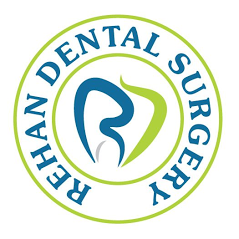Dental Braces
Dental Braces are devices used in orthodontics that align and straighten teeth and help position them with regard to a person’s bite, while also aiming to improve dental health. They are often used to correct underbites, as well as malocclusions, overbites, open bites, deep bites, cross bites, crooked teeth, and various other flaws of the teeth and jaw. Braces can be either cosmetic or structural. Dental braces are often used in conjunction with other orthodontic appliances to help widen the palate or jaws and to otherwise assist in shaping the teeth and jaws.
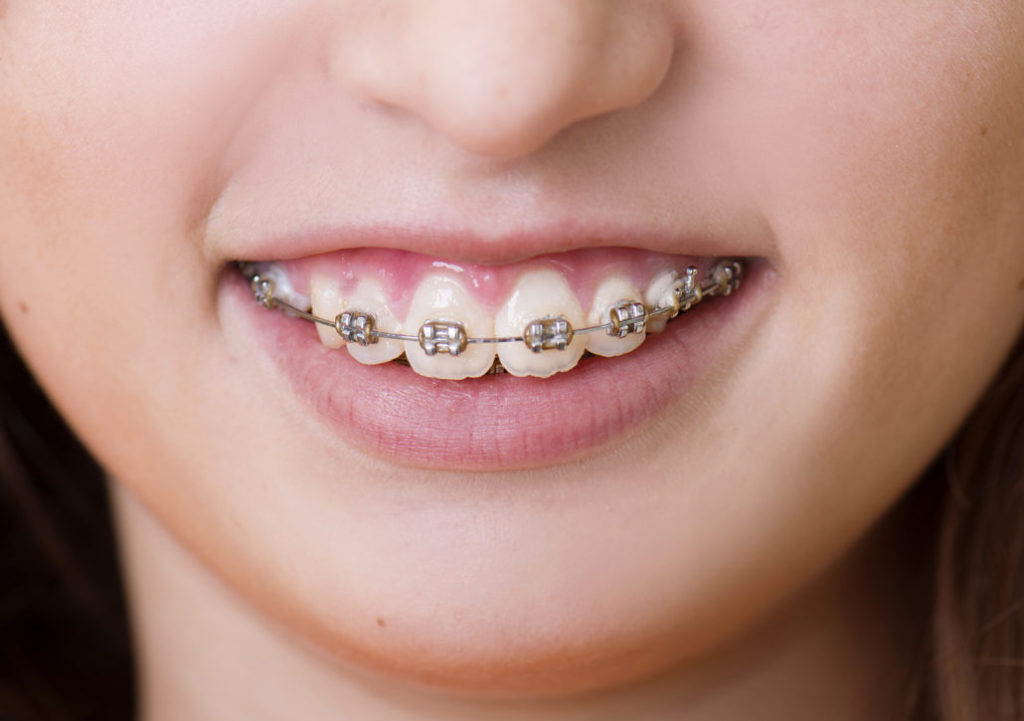
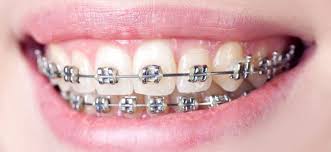

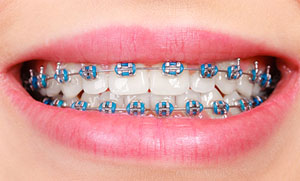
Dental Braces at Rehan Dental Surgery
Braces have constant pressure which, over time, move teeth into the desired positions. The process loosens the tooth after which new bone grows in to support the tooth in its new position. This is called bone remodeling. Bone remodeling is a bio mechanical process responsible for making bones stronger in response to sustained load-bearing activity and weaker in the absence of carrying a load. Bones are made of cells called osteoclasts and osteoblasts.
Process of Dental Braces
The application of Metal braces moves the teeth as a result of force and pressure on the teeth. There are traditionally four basic elements that are used: brackets, bonding material, arch wire, and ligature elastic (also called an “O-ring”). The teeth move when the arch wire puts pressure on the brackets and teeth. Sometimes springs or rubber bands are used to put more force in a specific direction.
Braces have constant pressure which, over time, move teeth into the desired positions. The process loosens the tooth after which new bone grows in to support the tooth in its new position. This is called bone remodeling. Bone remodeling is a biomechanical process responsible for making bones stronger in response to sustained load-bearing activity and weaker in the absence of carrying a load. Bones are made of cells called osteoclasts and osteoblasts. Two different kinds of bone resorption are possible: direct resorption, which starts from the lining cells of the alveolar bone, and indirect or retrograde resorption, which takes place when the periodontal ligament has been subjected to an excessive amount and duration of compressive stress. Another important factor associated with tooth movement is bone deposition. Bone deposition occurs in the distracted periodontal ligament. Without bone deposition, the tooth will loosen and voids will occur distal to the direction of tooth movement.
Types of Dental Braces
Metal Wired braces are stainless-steel and are sometimes used in combination with titanium.
Clear braces serve as a cosmetic alternative to traditional metal braces by blending in more with the natural color of the teeth or having a less conspicuous or hidden appearance.
Lingual braces are a cosmetic alternative in which custom-made braces are bonded to the back of the teeth making them externally invisible.
Follow Us
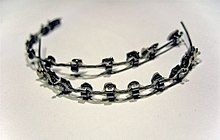
Telephone No.(021)34924052
